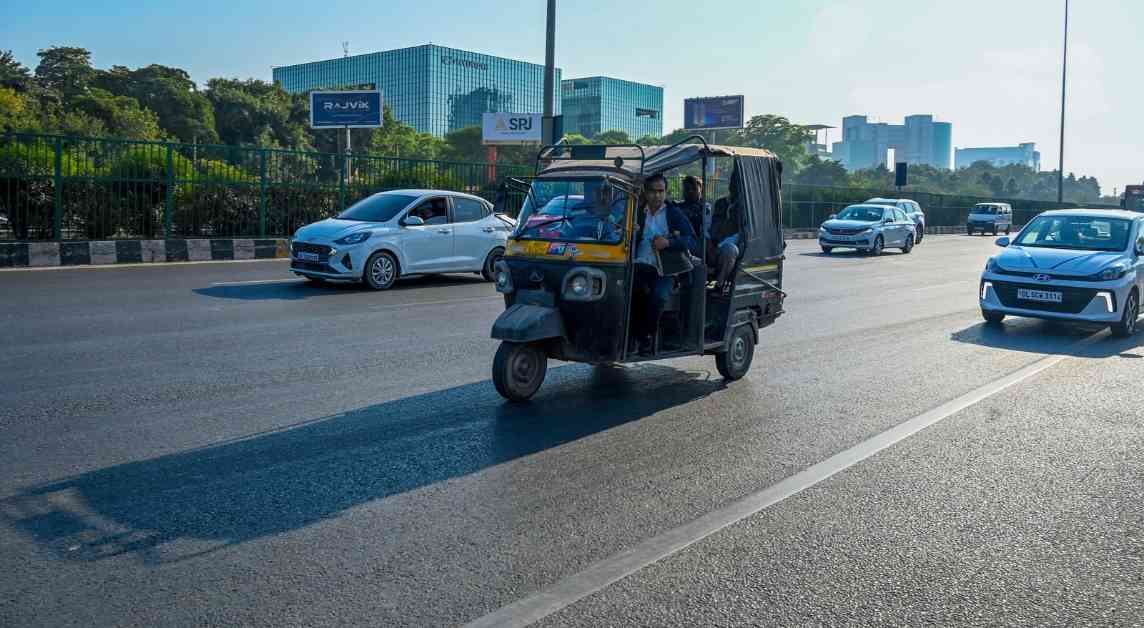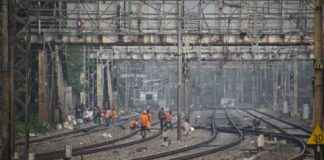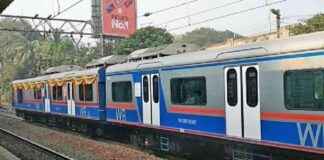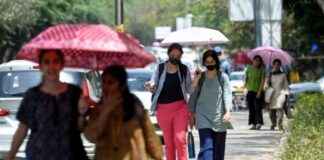Adani Electricity Mumbai Infra Ltd (AEMIL) has been granted approval by the Bombay High Court to lay a 1,000-megawatt HVDC transmission line spanning 80 kilometers between Kudus in Palghar district and Aarey Colony. This ambitious project will pass through environmentally sensitive areas such as the Tungareshwar Wildlife Sanctuary and the Sanjay Gandhi National Park, necessitating the removal of 209 mangrove trees, as indicated by the environmental impact assessment report.
Challenges and Compromises
The decision to allow AEMIL to proceed with the transmission line was met with mixed reactions due to the potential impact on these vital ecological habitats. However, the court emphasized the importance of balancing the need for sustainable development with environmental preservation. Chief Justice Alok Aradhe and Justice Bharati Dangre, in their ruling on February 6, highlighted the significance of this project in enhancing the city’s electricity transmission capacity.
AEMIL’s petition, filed in August 2024, outlined the necessity of the high-voltage transmission line following observations by the Maharashtra Electricity Regulatory Commission regarding power scarcity in Mumbai. The proposed route includes a combination of overhead and underground segments, with approximately 30 kilometers above ground and 50 kilometers below. The underground portion will traverse the Vasai Creek and other coastal regulatory zone (CRZ) areas, posing challenges for both construction and environmental conservation efforts.
Environmental Concerns and Mitigation Strategies
The project’s environmental impact assessment report, submitted in March 2023, indicated that while some biodiversity loss was inevitable, compensatory measures such as mangrove plantation could offset these effects. To minimize disruption, AEMIL plans to employ horizontal directional drilling to lay cables below the Vasai Creek at a depth of 20 meters. This innovative approach aims to reduce the project’s ecological footprint while meeting energy transmission requirements.
During court proceedings, concerns were raised regarding the potential harm to vulnerable species in the national parks due to the project. The counsel for respondents highlighted the significance of preserving mangrove habitats and urged caution in executing the transmission line. Despite these objections, the court acknowledged the public interest served by the project and cited previous permissions granted for similar endeavors in CRZ areas.
In response to these challenges, AEMIL’s legal representatives assured the court that all necessary permissions had been obtained, and the company was committed to planting five times the number of mangroves removed as part of compensatory afforestation efforts. The court underscored the importance of upholding environmental regulations and ensuring safety during the project’s implementation, directing AEMIL to provide a formal undertaking to that effect.
As Mumbai strives to meet its growing energy demands, the delicate balance between development and conservation is brought to the forefront by projects like the HVDC transmission line. The court’s decision reflects a nuanced approach to addressing these complex issues, emphasizing the imperative of sustainable progress in harmony with nature. The challenges ahead will test the commitment of all stakeholders to uphold environmental integrity while meeting the city’s evolving needs.




















